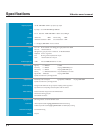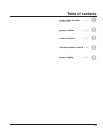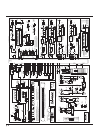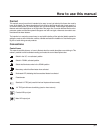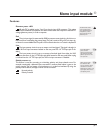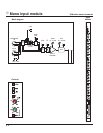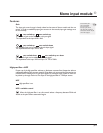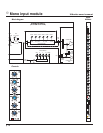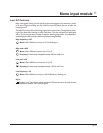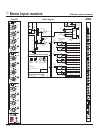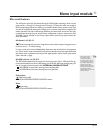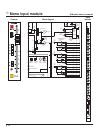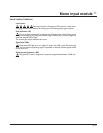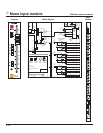
Features
Phantom power +48V
48 volts DC is applied to pins 2 and 3 on the mic-input XLR connector. This option
is used with condenser microphones and active direct boxes that require an external DC
voltage (phantom power) in order to operate.
Pad
The mic-input signal is attenuated by 28dB to prevent some signals (e.g. kick drum or
lead vocal) from overloading the preamp stage.The pad is used to bring a hot mic-input sig-
nal down to a controllable level.The pad is not functional when the LINE switch is depressed.
Line
The input preamp circuit is set up to accept a mic-level signal. This signal is brought in
via the XLR mic-input connector located on the rear panel.The 1/4" TRS input jack is dis-
abled.
The input preamp circuit is set up to accept a line-level signal from either the XLR
mic-input connector or the 1/4" TRS input jack,both located on the rear panel.When a plug
is inserted into the 1/4" TRS input jack,the XLR mic-input connector is disabled.
Polarity reverse—ø
This feature is used for correcting or minimizing polarity and phase related errors. For
example, occasionally a balanced input connection is reverse-wired before it gets to the
mixing console.This can happen in microphones, or in snake line interfaces. By using the
polarity reverse feature, this type of error can be corrected.
Normal polarity
Polarity inverted
If the 48V phantom
power switch is
engaged, depressing this
Line switch disconnects
phantom power from the
mic input XLR.
+
When similar signals
from different chan-
nels are combined, phase
cancellations can occur.
Reversing the polarity of an
input signal often corrects
such phasing errors.
+
The 48V switch should
not be engaged when
using standard (dynamic)
microphones, or other
sources that do not use
phantom power.
a
p.7
Mono input module
1




